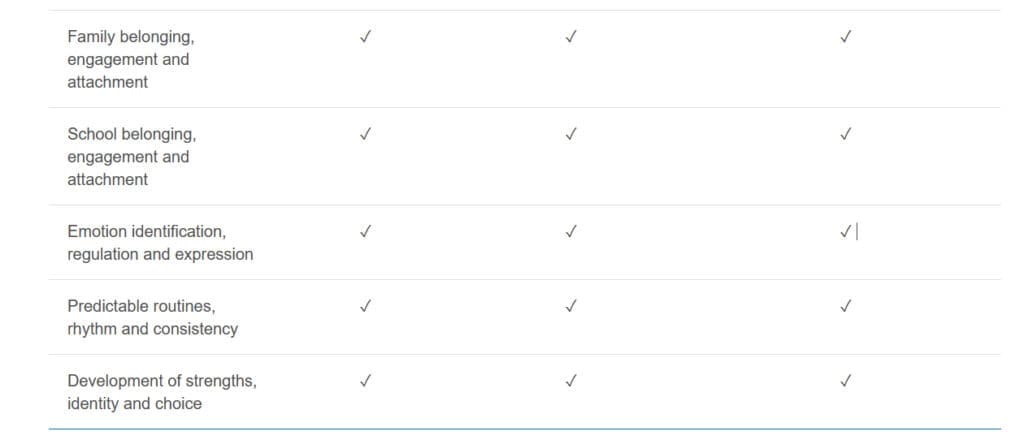Trauma Care
Is your Preschool Trauma-Informed?
Trauma in childhood can include abuse, neglect, disadvantage and other adverse family circumstances. The terms developmental trauma, complex trauma and toxic stress are often used to describe child and adolescent traumatic events that occur in the family home.
Children exposed to childhood trauma are more likely to experience poor academic performance, have difficulty forming friendships and have challenging classroom behaviors. They are also at risk of developing post-traumatic stress disorder, depression, anxiety disorders and conduct problems.
The development of children who have been exposed to trauma compared to those who haven’t is different.
Children without traumatic exposure can achieve survival and emotional and behavioral control, allowing them to flourish and succeed socially, emotionally and cognitively. However, children exposed to trauma find it challenging to achieve at school due to their heightened state of arousal and real or perceived concerns about their safety and security.

The benefits of trauma-informed practice in schools
- improve realisation and recognition among educators of trauma and its impacts on children
- improve educator responses to children and adolescents experiencing trauma
- limit re-traumatisation of children and adolescents by increasing support and reducing punishments in education settings
- limit secondary/vicarious trauma among educators by increasing support and professional learning of educators concerning child and adolescent trauma.

Five principles
of trauma informed care
Collaboration between educators and family members/careers can increase consistency and routines across home and educational settings. This improves a child’s sense of safety and security, and limits triggers associated with the fight-or-flight stress response.
Behaviour-specific praise (using the child’s name, naming the correct behaviour and prompting the child to behave in that way in the future), as well as the principles of unconditional positive regard, consistency and empathy between learners and educators are used to improve a child’s sense of safety and security in the school setting, and to limit triggers associated with the fight-or-flight stress response.
The approach of emotional awareness and regulation targets the capacity of children and youth to identify and regulate their own emotions, and also their capacity to identify and notice the impact of their emotions and behaviour on others.
Learners who have been exposed to trauma require more neutral and less punitive prompts to help them to identify their own emotions and the emotions of others, and to identify and use specific strategies that will help them to regulate their emotions in learning settings.
- using visual schedules and verbal reminders around these visual schedules
- instructing and prompting learners during transitions
- using reward charts and token systems
- allowing repetitive activities and self-regulation through movement.
Modelling, practice and behaviour-specific praise around routines are also important.
Children and young people who have been exposed to trauma are more likely to have impaired self-esteem and negative views about themselves and the safety of the world and those around them.
The principle of collaboration and choice provides these children and adolescents with the opportunity to have some control of their environment and to develop their identity and sense of achievement.







